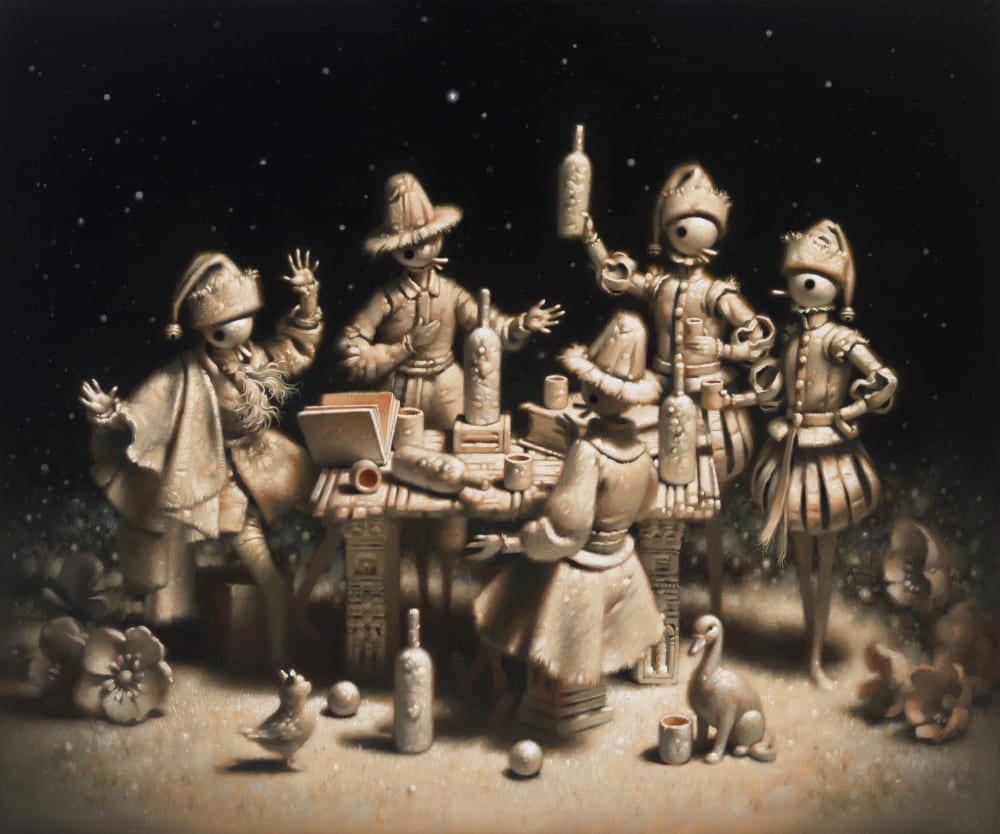LISTEN NOW | STEPHEN APPLEBY-BARR & SHELLEY FALCONER IN CONVERSATION
Stephen Appleby-Barr’s upcoming exhibition at Nicholas Metivier Gallery, Night Garden, features new paintings including works completed for his solo museum exhibition at Canada House Gallery in London, England, last fall. In 2023, Appleby-Barr also had his first survey museum exhibition in the US at Grinnell College Museum of Art, Iowa. A new catalogue was published for the occasion and is available for purchase through the gallery. Night Garden is on view from Saturday, April 6th to Saturday, May 4th. There will be an opening reception with the artist on Saturday, April 6th from 1-3 PM. There will be a talk with Stephen Appleby-Barr and Shelley Falconer, the President and CEO of the Art Gallery of Hamilton, on Saturday, April 6th at 1PM. Please RSVP here.
Living and working in London since 2017, Stephen Appleby-Barr routinely visits some of Europe’s most esteemed museums including the Courtauld Gallery, the National Gallery and the Royal Academy of Arts in London as well as the Prado Museum in Madrid. He surrounds himself with paintings by Old Masters such as Pieter Bruegel, El Greco and Diego Velázquez regularly so that their works remain “stamped all over [his] conscience” while in the studio.
The paintings in Night Garden are rendered in a grisaille technique, paying homage to Bruegel’s painting Christ and the Woman Taken in Adultery, from the Courtauld’s collection. In recent years, an integral part of Appleby-Barr's creative process has been to create sculptures from clay and wire to help visualise his fantastical characters in three-dimensional spaces. Grisaille, historically used by artists to imitate sculpture in paint, is an optimal technique to work in while referencing his sculptural worlds.
"In an effort to get myself closer to the physical act of drawing in my paintings, I began cutting up pieces of some old linen curtains that I had previously been using to clean off my brushes. I would cut strips of the linen and roll it into tight cylinders of varying thickness. Then I would use those to mix the paint on the palette and apply it. Not unlike an oil pastel only I had control over the amount of paint in action. The effect was immediate for me. Marks became possible that hadn’t been before. There was a sudden and direct connection to the way I thought in drawing that was now accessible with paint. " - Stephen Appleby-Barr

